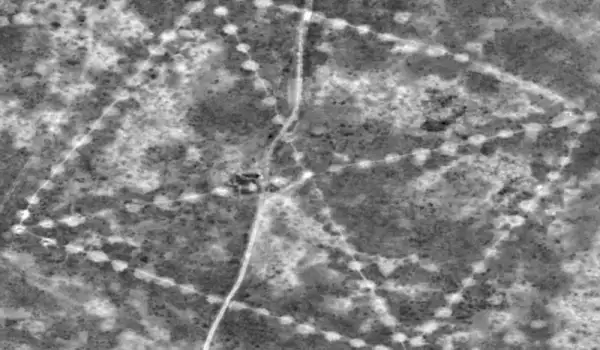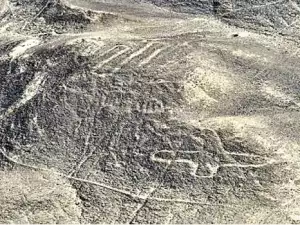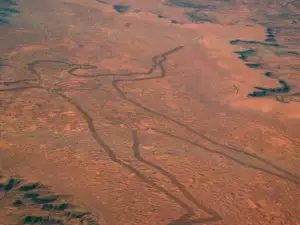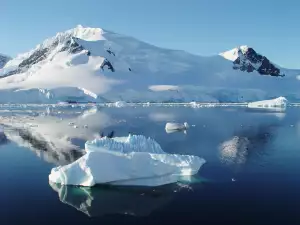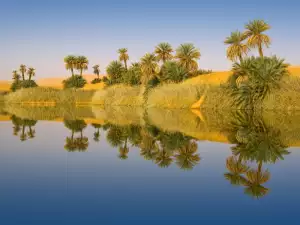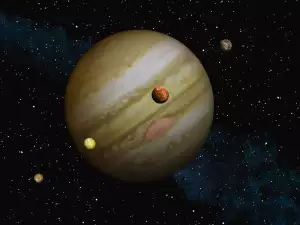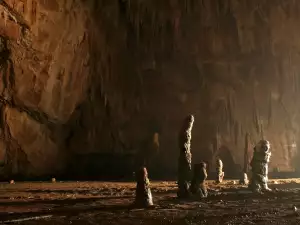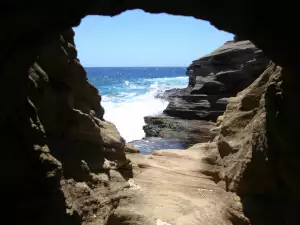A NASA satellite has photographed ancient drawings in the Kazakhstan desert. They are several football fields in size and were found by complete accident by a Kazakh amateur archaeologist.
The pictures, received from a NASA satellite, show a total of 260 giant geometric shapes on the ground, called geoglyphs. They are located in a remote steppe area that has no trees and are incredibly similar to those found at Nazca.
The discovered figures were separated into 5 different groups, based on their form. They are rectangular, round, cross-shaped, containing lines only or swastika-like with 3 rays. The largest ancient drawing is a square made up of 101 mounds. Its opposite vertices are connected by diagonals and area-wise it's larger than the base of the Great Pyramid of Giza.
Due to their immense size, the shapes can only be seen from the air. For the moment, scientists have no theories as to their purpose. As for their origins, experts posit that they are about 8000 years old because they are located near a Neolithic village.
One of the theories is that they were made by the Mahandzhar culture that flourished in the region in the 7th - 5th centuries BC. But if that is the case, the question still remains why the nomadic tribes sat it one area for such a long time to create these colossal constructions. As well as what exactly they were used for.
Amateur archaeologist Dimitry Deem discovered the enormous drawings back in 2007 using Google Earth. Initially, he thought they were leftover equipment from the time of the Soviet Union.
After realizing how ancient they actually were, he made a hypothesis that they could have served for tracking the movement of the Sun, like at Stonehenge.
Today, scientists, archaeologists and experts are still trying to unravel the mystery shrouding the ancient drawings in the Kazakhstan desert.
